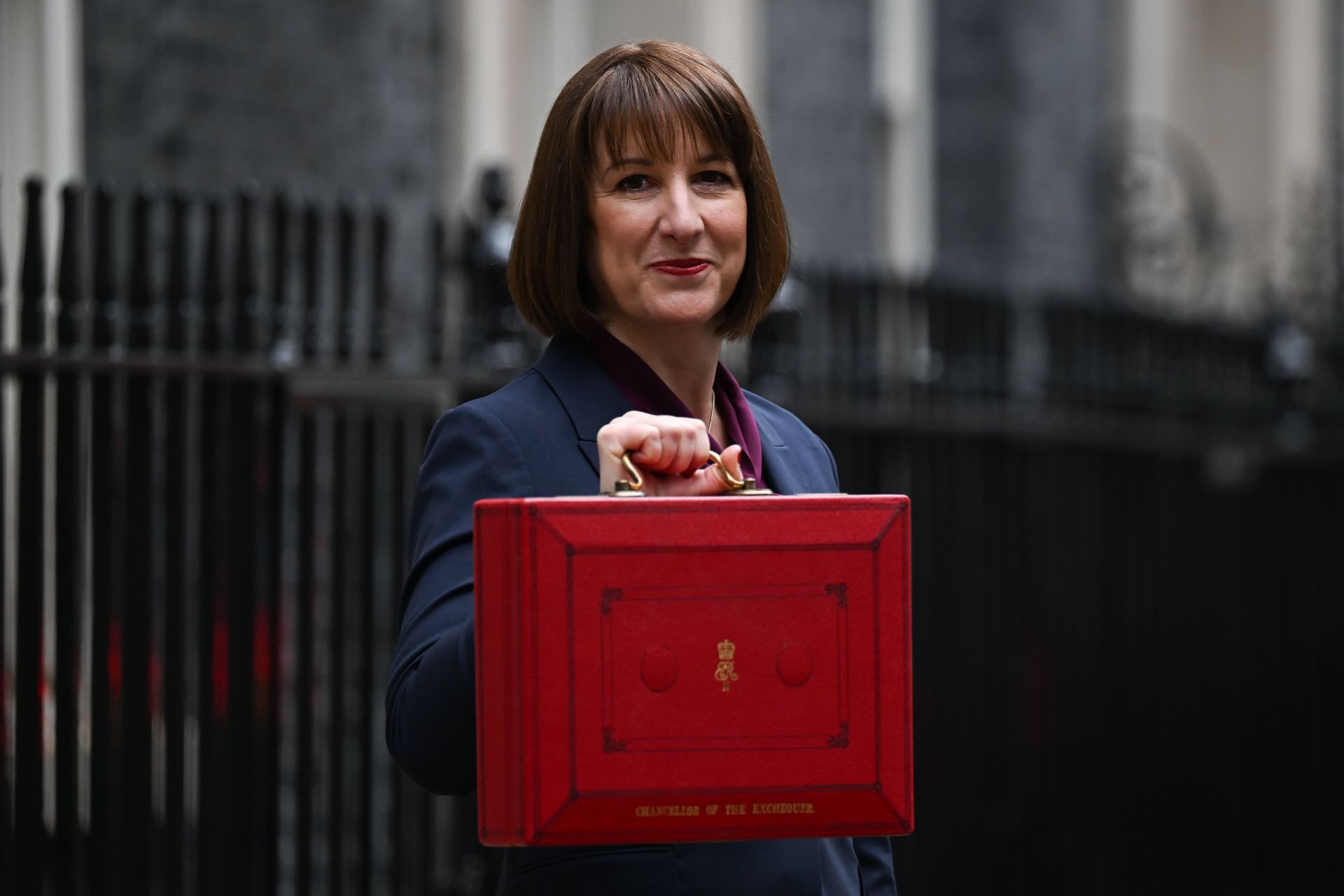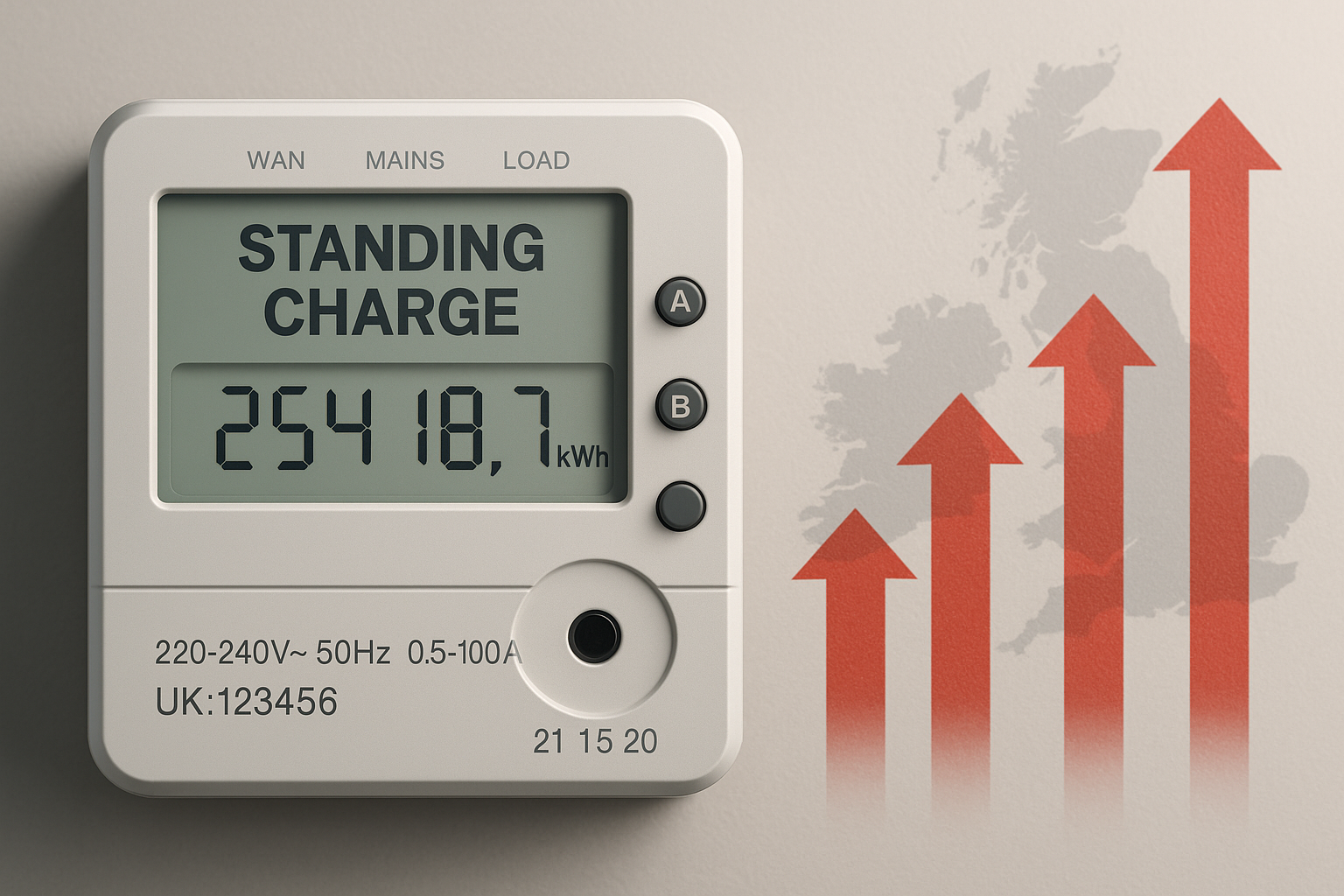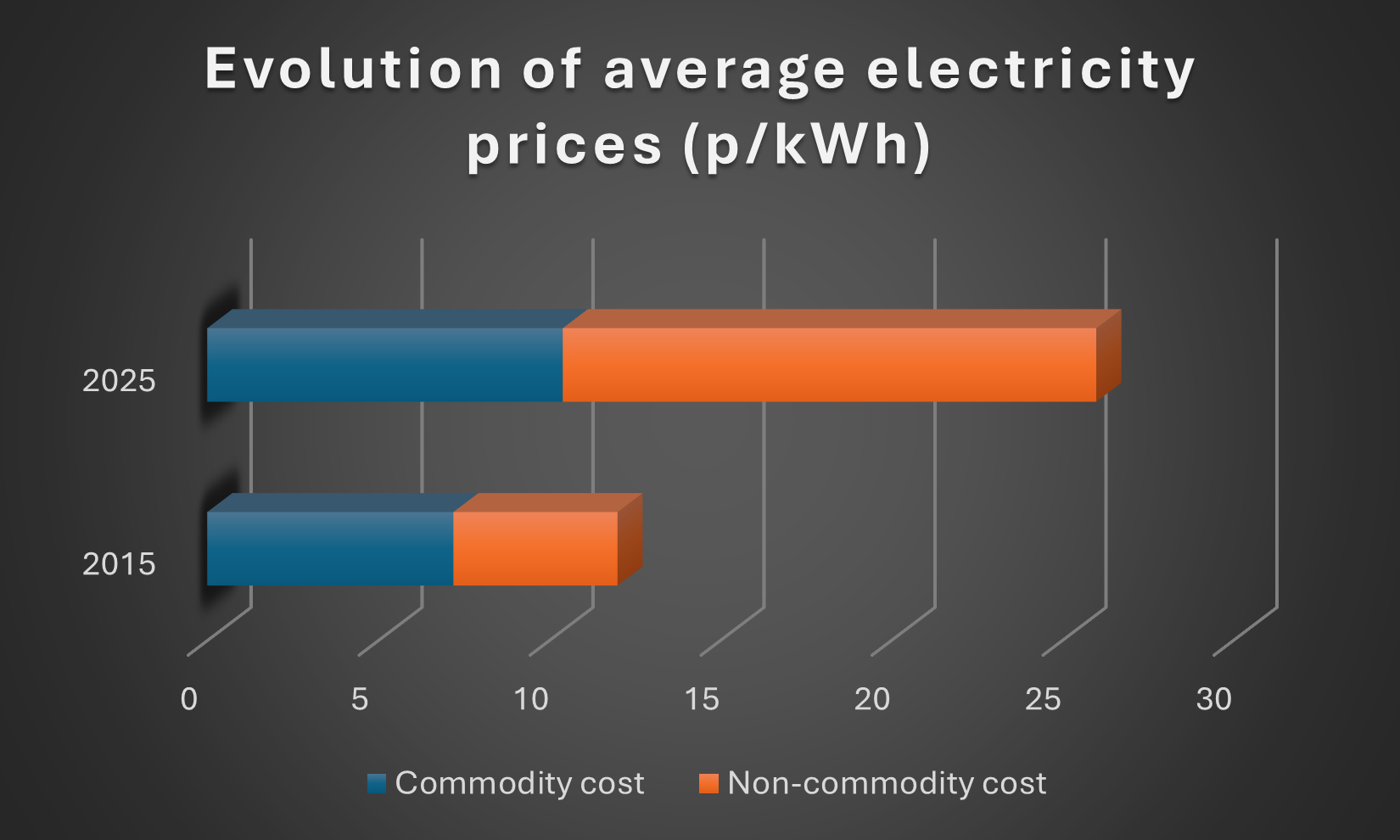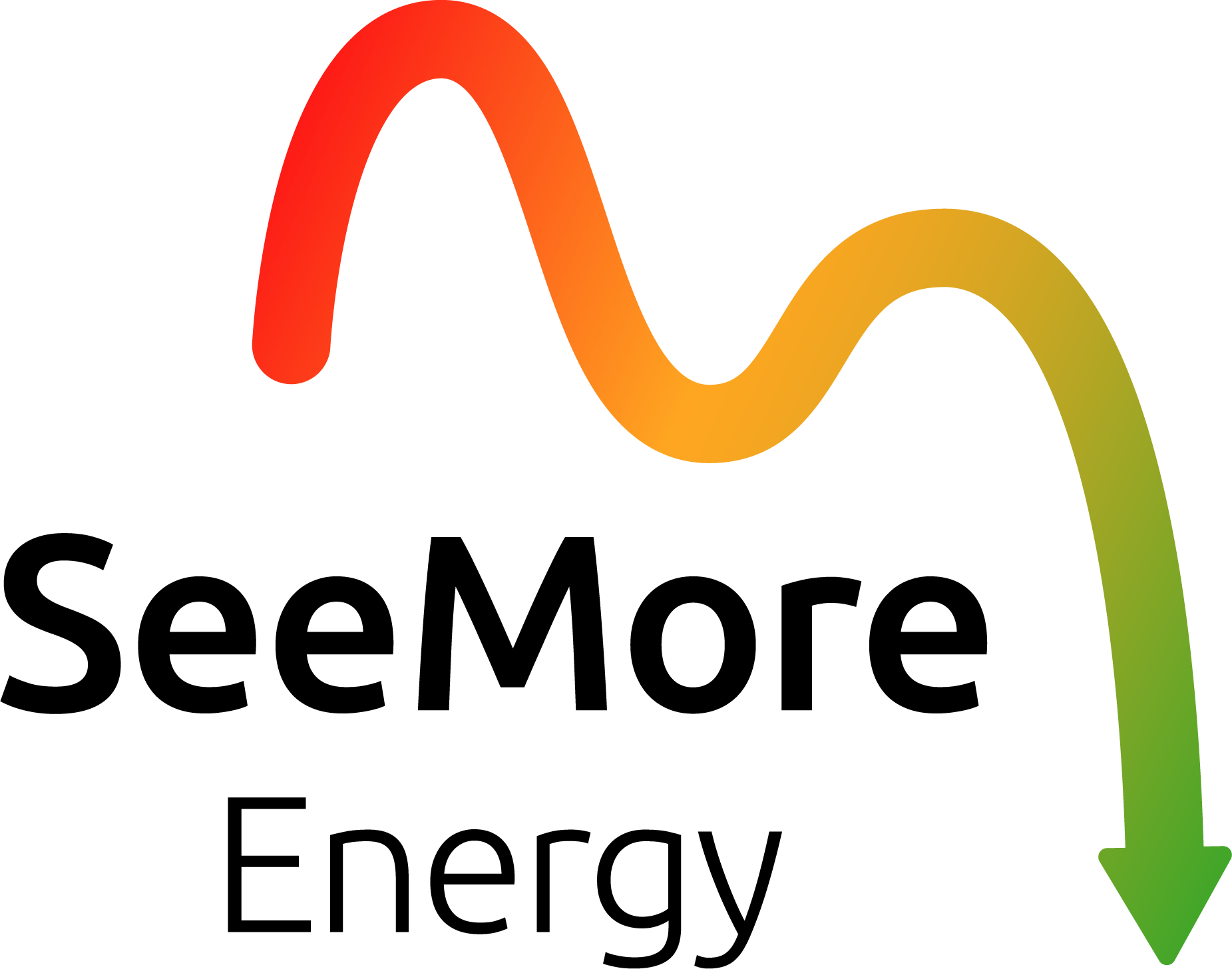RIIO - ET3 and increasing costs
Following on from our previous article about rising TNuOS costs, we look at the reasons behind energy price rises, and which other items on your bill are likely to increase in the near future.
What is RIIO – ET3?
RIIO: “Revenue = Incentives + Innovation + Outputs” is Ofgem’s regulatory framework for setting how much network operators can recover from users while delivering value, efficiency and innovation. The current RIIO-2 period ends 31 March 2026, and RIIO-ET3 (also called RIIO-3) will run from 1 April 2026 through 31 March 2031.

What changes are being made?
RIIO-ET3 introduces a number of significant changes in how network costs are recovered and how risk and incentive mechanisms operate. The key proposals include:
- TNUoS (Transmission Network Use of System)
Under RIIO-ET3, TNUoS charges will be higher, reflecting the scale of investment required to upgrade the grid. Our recent article looked in detail at these charges. - BSUoS (Balancing Services Use of System)
While BSuOS is not a transmission-specific charge, balancing and system operation costs will increasingly feed through to users as the system becomes more complex. These costs may grow due to higher levels of intermittent generation and greater need for flexibility and system balancing. - NRAB (Nuclear RAB or Network Revenue Adjustment / RAB-style levies)
This new charge (that we discussed in detail here) is designed to help fund the UK’s growing nuclear energy fleet. - Other structural changes, uncertainty & incentive mechanisms
- A “stepped” Totex Incentive Mechanism (TIM) approach: overspends/underspends will be shared differently in different bands (e.g. 25 % sharing on first 5 %, lower sharing on next bands)
- Greater use of uncertainty mechanisms, UIOLI (Use-It-Or-Lose-It) allowances, and new load reopener windows to allow costs to be adjusted mid-period if demand or connection needs differ from estimations.
Because RIIO-ET3 is still in draft and under consultation, many of these mechanisms remain subject to change with the proposals set to be confirmed in December 2025.
Why are these changes being made?
The changes in RIIO-ET3 stem from the need to dramatically increase investment in electricity transmission to support net zero and decarbonisation. Ofgem and the government now have statutory net zero and economic growth duties, pushing for faster decarbonisation while trying to shoulder as little of the financial burden as possible.
Older frameworks (such as in RIIO-2) are judged too rigid to handle uncertainty, volatility, and the scale of change required. The new design aims to allocate risk more flexibly and provide transmission companies with greater investment to deliver the grid upgrades needed.

What impact will it have on my business?
You are likely to face higher non-commodity costs in your energy bills. TNUoS charges will increase meaningfully, especially for customers with high peak demand or connections in constrained areas. BSuOS and balancing costs may also escalate as the system becomes more dynamic. Over time, the introduction of RAB-style cost recovery could further add to existing fixed network charges. Depending on your size, flexibility and demand profile, your business might see a notable rise in transmission and system charges in the 2026–2031 period.
If you would like to discuss exactly how these changes could impact your business, contact our expert advisors at SeeMore Energy to see how we can help you manage your energy costs.
Contact Us










